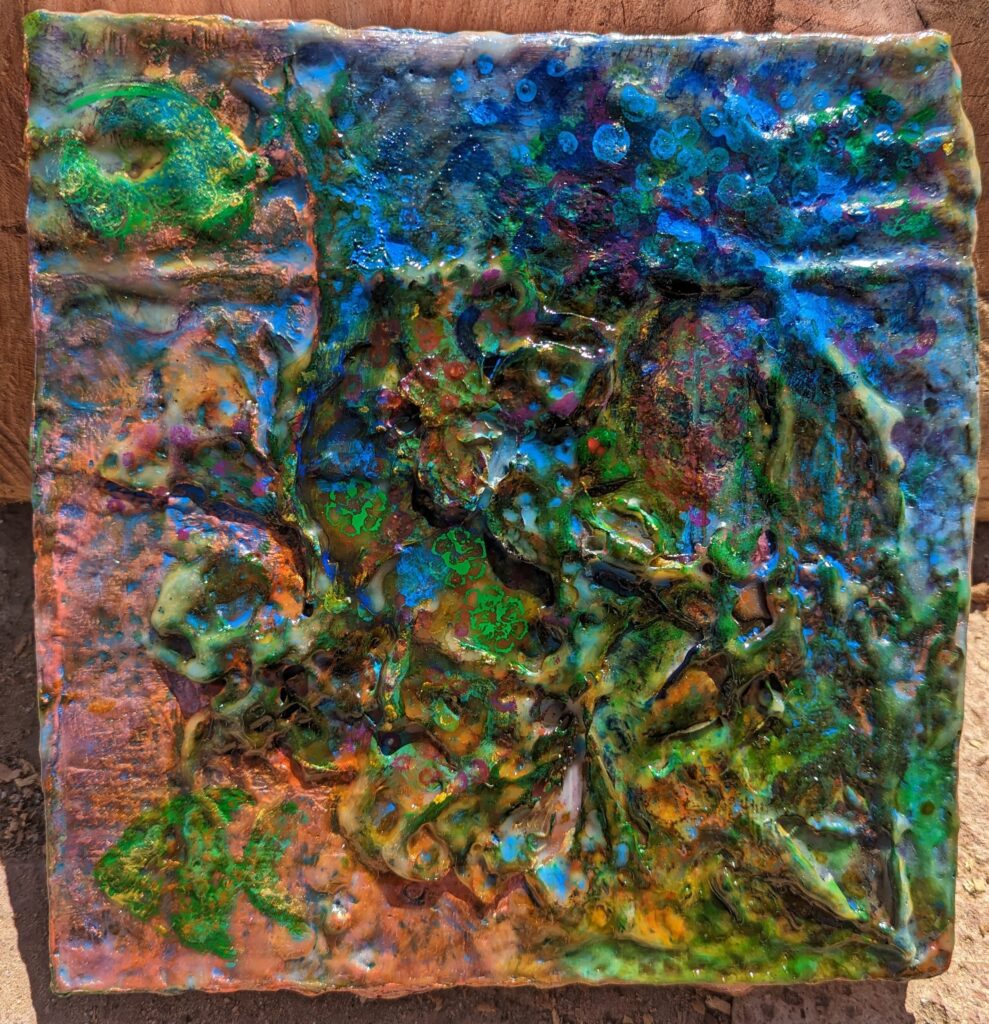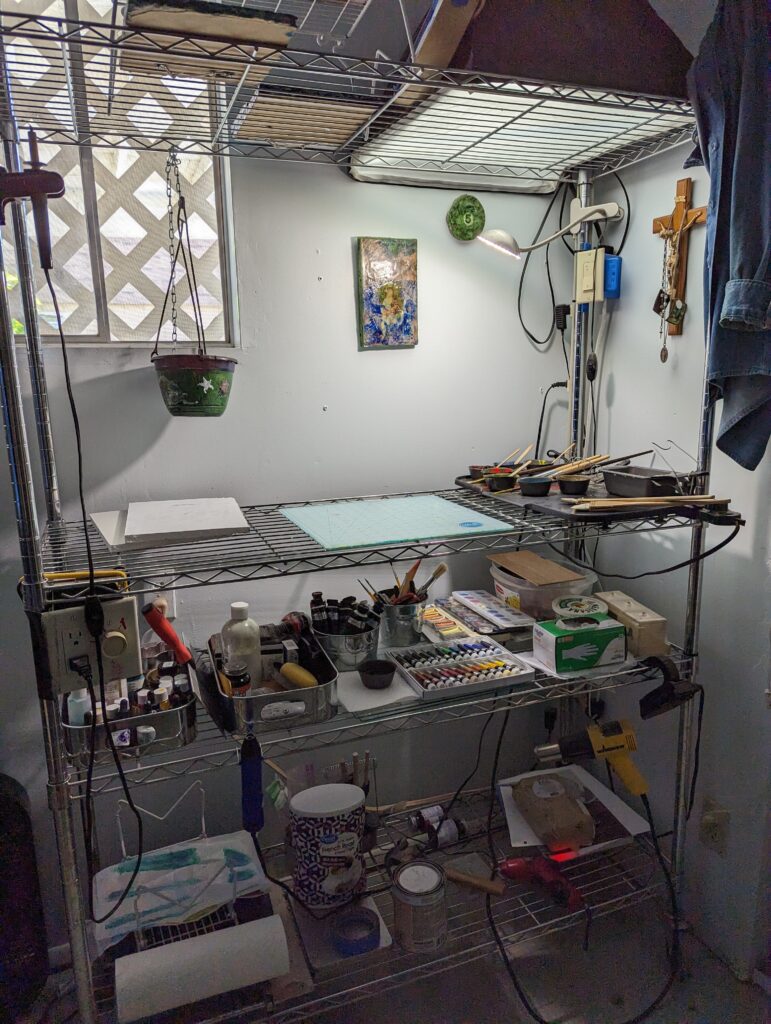From the first moments of Episode One of Elementary, this Sherlock behaves like a Five. He’s much more serious and less fun than the archetypal Seven Holmes. His super-smartness also comes with a weariness because he must explain everything to the peons around him. (A Five hates to explain; a Seven loves it.) Also, his drug addiction is a result of emotional turmoil. His substance-usage is to forget his despair. The Seven Holmes partakes because it’s stimulating and fun.
We still have a Head Type Sherlock, but this is a darker version. There’s no twinkle in the eye with this Holmes. It’s a valid choice with interesting possibilities, but the showrunners need to stay on point. A Five isn’t going to lean close and sniff the rug, for instance. A Seven loves that kind of sensory input, but a Five would find another way to follow the clue. A Five wouldn’t invite hookers in. He would recoil from the need to touch and interact with a stranger. A Five can just shut that tap down, so to speak, and become celibate. A Seven is the Holmes who would explore all avenues, including sexual. I believe the show is playing with different parameters of Sherlock, but it slides back sometimes to the old portrayals.
By Season Two, this Sherlock is firmly established. His clothes, with the high-buttoned collar and bland styling, are very Five. He’s eccentric, but he likes an ordered world. Watson must live in his house so they can work at all hours. He’s more than disdainful of those who don’t understand, he’s actually pained. Everything borders on over-stimulating for him. It’s a complete and beautifully acted portrayal of a Holmes with a different Enneagram.


